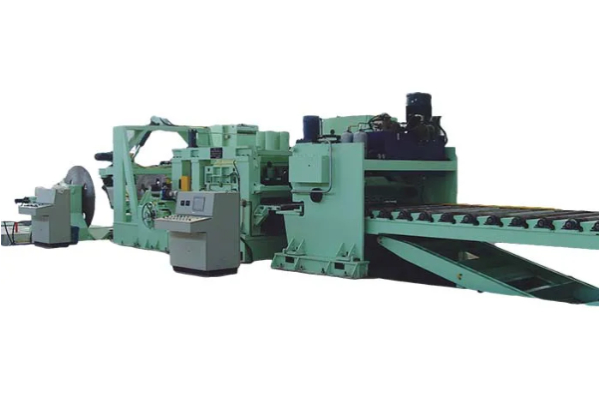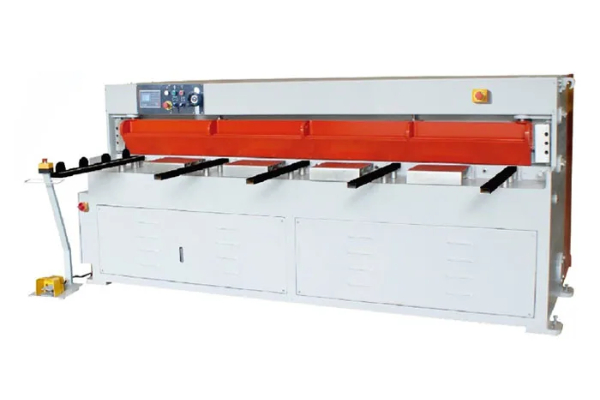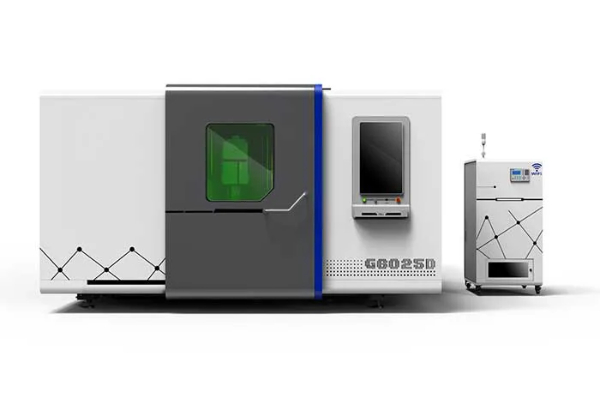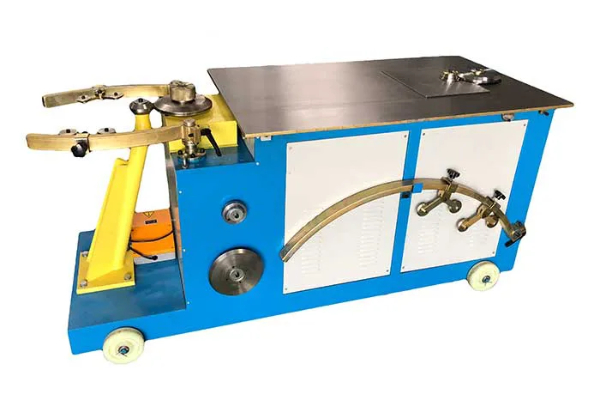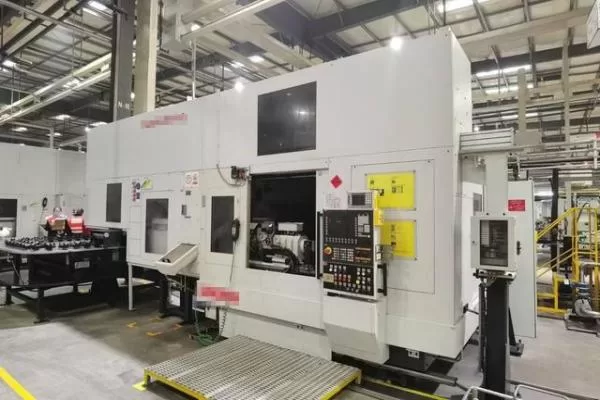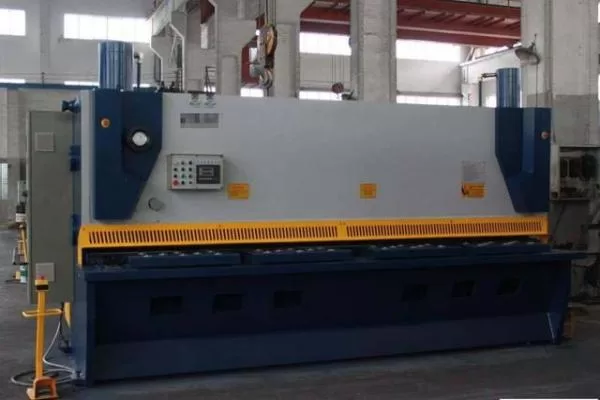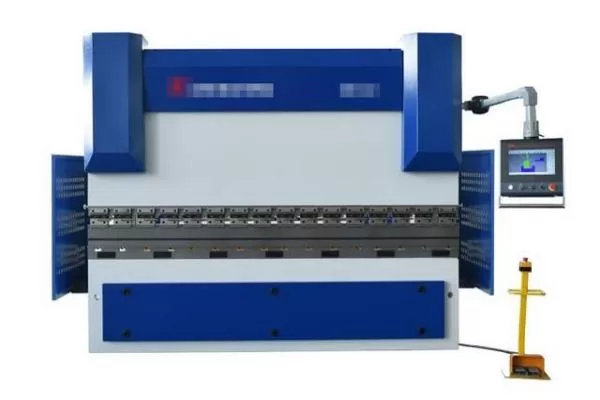
Understanding the Types of Rolls in Plate Rolling Machines
- By:Metmac
- 2024-07-05
- 155
Introduction
In the realm of metalworking, plate rolling machines stand as colossal titans, capable of shaping steel plates into various cylindrical and conical forms. At the heart of these machines lie the rolls “ the unsung heroes that transform raw metal into intricate structures. Understanding the different types of rolls is crucial for selecting the most appropriate machine for specific projects.
Cylindrical Rolls
Cylindrical rolls are the most basic type of roll, featuring a uniform cylindrical surface. They are commonly used for bending plates into cylindrical shells or pipes. The diameter of the rolls determines the minimum bend radius achievable. Larger diameter rolls produce larger radii, while smaller diameter rolls can create tighter bends.
Pyramid Rolls
Pyramid rolls have a tapered surface, resembling a pyramid. They are designed for rolling conical shapes. By gradually decreasing the diameter of the rolls towards the apex, the machine can produce cones with varying taper angles. Pyramid rolls are ideal for manufacturing items such as storage tanks, hoppers, and exhaust hoods.
Asymmetrical Rolls
Asymmetrical rolls feature uneven surfaces, with one side having a larger diameter than the other. This allows for the production of asymmetrical shapes, such as oval or elliptical cylinders. Asymmetrical rolls provide greater flexibility in creating complex geometries.
Segmented Rolls
Segmented rolls are composed of multiple smaller rolls arranged in a row. Each segment can be independently adjusted, providing the ability to roll plates with varying thicknesses along the length. Segmented rolls are especially useful for rolling plates with irregular edges or complex cross-sections.
Material Considerations
The material used for rolls is critical for durability and performance. Hardened steel is commonly employed for its strength and resistance to wear. However, for specific applications, other materials such as polyurethane or rubber may be chosen for their resilience or non-marking properties.
Conclusion
Selecting the right type of roll for a plate rolling machine is essential for achieving optimal results. Understanding the different roll types and their capabilities empowers fabricators to make informed decisions that will ensure the successful completion of their projects. From cylindrical to asymmetrical rolls, each type serves a unique purpose, enabling the creation of a wide variety of shapes and structures.
-
Advanced Sheet Metal Rolling, Cutting, and Folding Machines for Efficient Fabrication
2025/10/22 -
High-Precision Sheet Metal Bending and Cutting Solutions for Modern Manufacturing
2025/10/22 -
High-Precision Solutions from Leading Sheet Metal Cutting Machine Manufacturers
2025/09/11 -
Reliable Sheet Metal Equipment for Sale to Support Precision Fabrication
2025/07/17
-
High-Performance Sheet Metal Equipment for Sale: Forming and Shearing Solutions for Modern Fabrication
2025/10/22 -
Precision and Performance: Advanced Sheet Metal Processing Solutions
2025/10/17 -
Advanced Sheet Metal Press, Shearing, and Forming Machines
2025/10/17 -
High-Performance Sheet Metal Laser Cutting Machines for Sale — Precision and Efficiency Combined
2025/10/17
-
A Guide to the Latest Innovations in Sheet Metal Folding Machines
2024/11/29 -
Key Features to Consider When Investing in a Sheet Metal Folding Machine
2024/11/28 -
Enhancing Precision with Advanced Sheet Metal Folding Machines
2024/11/27 -
How to Choose the Right Sheet Metal Folding Machine for Your Workshop
2024/11/26
